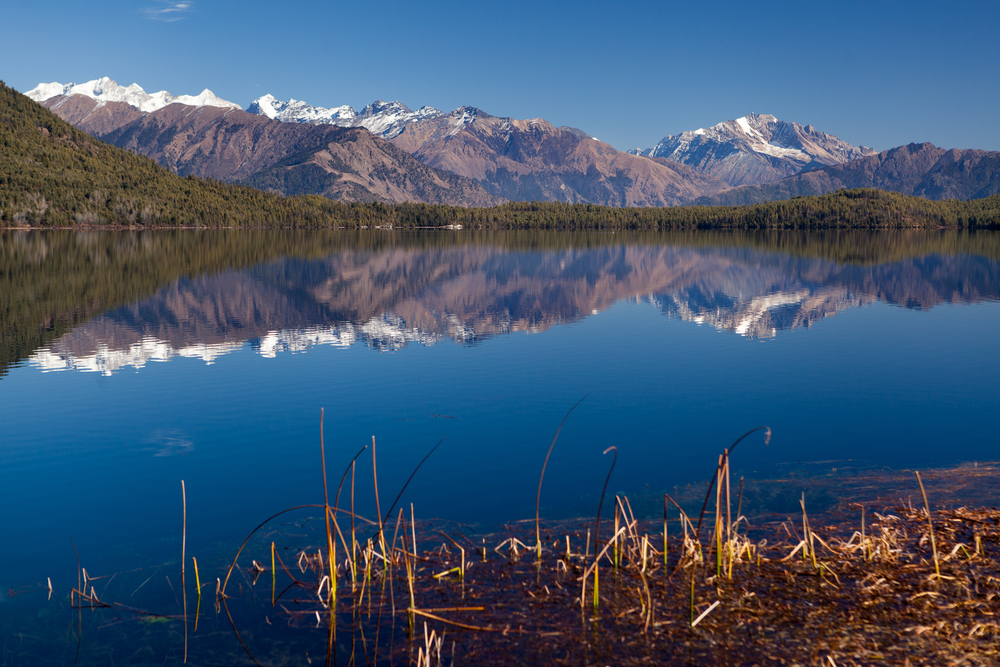Rara Overview
Rara National Park, known as रारा राष्ट्रिय निकुञ्ज in the local Nepali language, is a gem of biodiversity and natural beauty nestled in the remote reaches of northwestern Nepal. Covering an area of 41 square miles (106 square kilometers), it is the smallest national park in the country. Established in 1976, the park is located in the Mugu and Jumla districts, in the Karnali Province, and serves as a sanctuary for some of Nepal’s most captivating landscapes, unique wildlife, and pristine ecosystems. The park’s centerpiece, Rara Lake, is the largest lake in Nepal, spanning approximately 4.6 square miles (12 square kilometers), and sits at an elevation of 9,810 feet (2,987 meters).
The terrain of Rara National Park is an awe-inspiring blend of rolling hills, alpine meadows, and high-altitude coniferous forests. The landscape is dominated by species such as blue pine, black juniper, Himalayan spruce, and rhododendron, which add vibrant hues during their blooming season. Visitors are often mesmerized by the snow-clad peaks of the Himalayas that surround the park, including peaks like Chuchemara Hill, standing at 13,287 feet (4,045 meters), which offers panoramic views of the lake and surrounding areas. The park’s elevation ranges from 5,906 feet (1,800 meters) to 14,409 feet (4,390 meters), creating a variety of microclimates that support diverse flora and fauna.
Rara National Park is a haven for wildlife enthusiasts. It is home to several rare and endangered species, including the elusive snow leopard and the red panda. Other mammals such as the Himalayan black bear, yellow-throated marten, and musk deer can also be spotted. The park is equally rich in avifauna, with over 200 species of birds recorded in the area. Birdwatchers might catch sight of the Himalayan monal, Nepal’s national bird, or the rare cheer pheasant. Migratory birds often make their way to Rara Lake, adding to its allure for nature lovers.
Rara Lake itself is a major attraction and the park’s most popular feature, with its crystal-clear waters reflecting the surrounding forested hills and distant snowy peaks. Trekking routes leading to the lake offer visitors a chance to traverse rugged paths, cross wooden bridges, and immerse themselves in the serene wilderness. Boating on the lake, camping along its shores, and hiking to vantage points like Murma Top are some of the ways visitors can experience the park. The park is also a starting point for treks to more remote Himalayan regions.
Despite its pristine beauty, Rara National Park faces conservation challenges, including deforestation, habitat degradation, and climate change impacts. However, concerted efforts by the Nepalese government and conservation organizations have yielded successes, including the reforestation of degraded areas and initiatives to promote sustainable tourism. Community involvement has also played a vital role in preserving the park’s delicate ecosystems.










































































